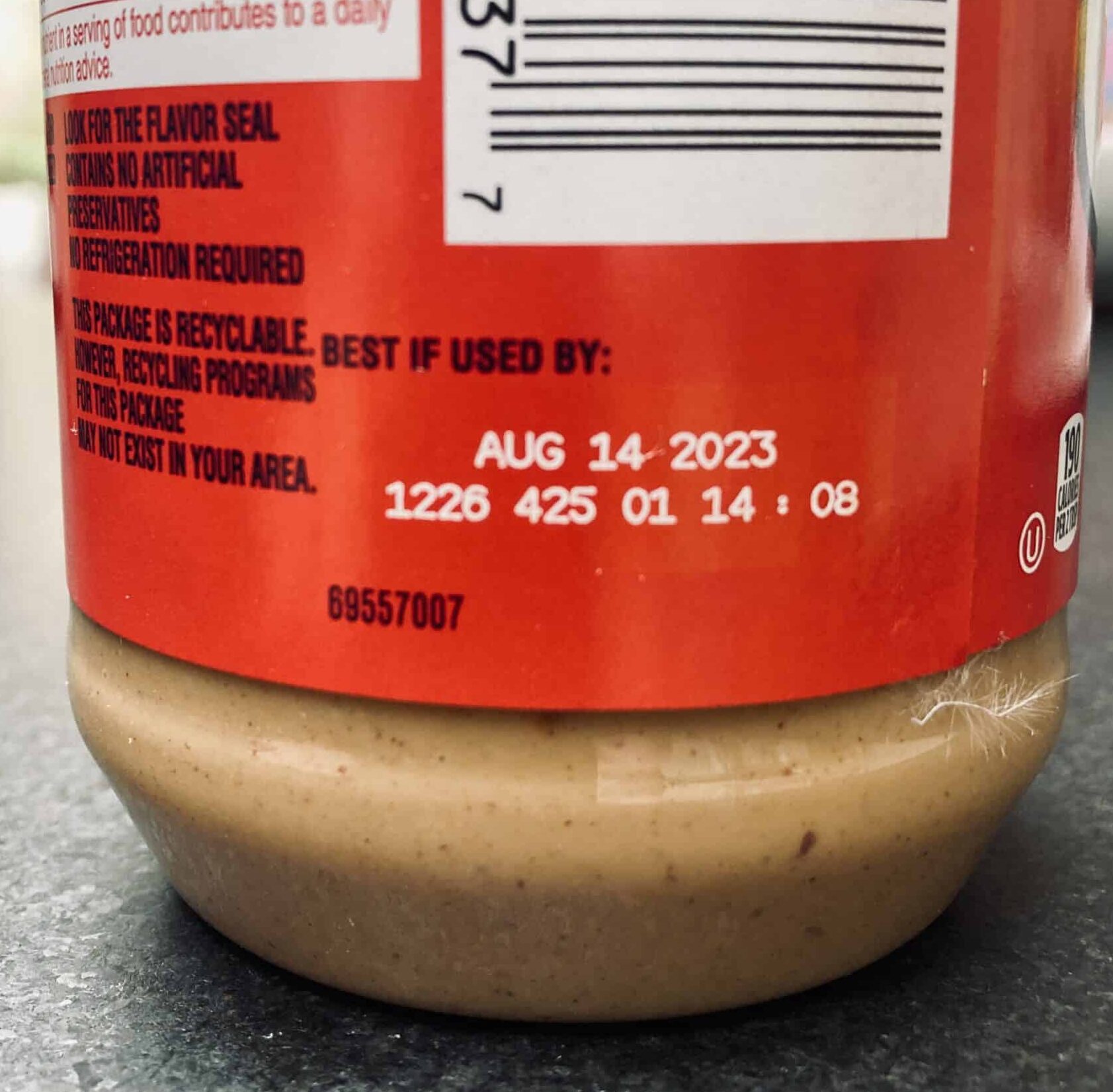A friend of mine just returned to his office for the first time in more than two years. It was exactly how he left it – albeit cleaner – when he abruptly left work on a Thursday afternoon in March 2020 to retrieve his sick kid from school.
He stayed home with the kiddo Friday.
The world shut down on Monday.
“It’s amazing what I thought was important on that Thursday,” he told me. “The things I was working on, the issues I was worried about, the people I needed to call … it was like opening a time capsule to another life.”
His white board was frozen – the deadlines and milestones of a long-canceled project now permanently affixed to its surface. A post-it note reminded him that he needed to call someone who was no longer with the company. A file folder was left open to his hand-scratched notes on an agenda for a meeting he no longer remembered. A motivational slogan hung at a slight angle on his corkboard – it had been superseded by a new slogan, unveiled during an all-hands video call in mid-2021.
He said he saw papers and post-its and reminders for things long lost, either fallen victim to the pandemic’s upheaval or simply erased by the passage of time.
“It was surreal,” he said. “A lot of it was familiar, and yet almost none of it was relevant anymore. It’s like I was taking over for someone else who never cleaned up their office.” He said it took him several days to get reoriented to his own office and get on to the tasks that he needed to do.
Time capsules can be enlightening. They reveal who we were, what we cared about and how we worked. No one would expect a time capsule to guide who they are, what they care about today and how they should conduct themselves.
But too many times, we’ve seen crisis plans that were time capsules. They include people who no longer hold those roles or, worse, no longer work for the company. Corporate values and statements have been reworded or replaced. Contingencies and risks have evolved or become moot. Whole divisions of the company have since been spun off or sold, while new product lines and markets were not integrated into the plan.
When a crisis strikes, opening that plan can be like returning to your office after a two-year hiatus.
You see things that are at once familiar and foreign, important and irrelevant, accurate and no longer the case. Instead of jumping right into crisis response, you instead have to reassemble the plan to meet today’s needs. New contact information is needed. New people need to be added to the approval process. New branding needs to be incorporated.
If opening your crisis plan leaves you as disoriented as my friend returning to his office, then the speed of your organization’s response will suffer. Because speed is the key differentiator between good and great crisis response, disorientation automatically reduces the effectiveness of your response.
How to keep your crisis plan fresh
So, don’t want until a crisis to reopen that time capsule called your crisis response plan. Pull it off the shelf, blow the dust off of it, refamiliarize yourself with it and then ask yourself:
- Are the people still correct? Is their contact information still accurate?
- Is the organizational structure still correct? Are there any new business units or departments or VPs that aren’t included but should be?
- Is the branding still correct? Are the corporate slogans and standard responses – your holding statements – still accurate?
- Are your risks still an accurate reflection of what your organization may face? Have there been any changes in the organization or its business (e.g., new products, new markets) that create new risks?
- Have you considered social risks? Does your organization’s plan provide the process and guidance for weighing in on social issues?
If your plan passes all of these questions, then congratulations – you’re not going to waste a lot of time trying to solve these issues during a crisis.
If your plan is deficient or inaccurate, then update it, and then schedule regular updates going forward. Replacing one time capsule with another will ultimately slow down your crisis response, especially as your organization and the risks it faces keep evolving.
The need to implement your crisis plan can be as disorienting as walking back into an office you haven’t seen in years. Make sure it’s ready for you when you get there. And if you need help, particularly if your plan has no contingencies for social risk, then give us a call or drop us an email. We can help get that time capsule up to date.

